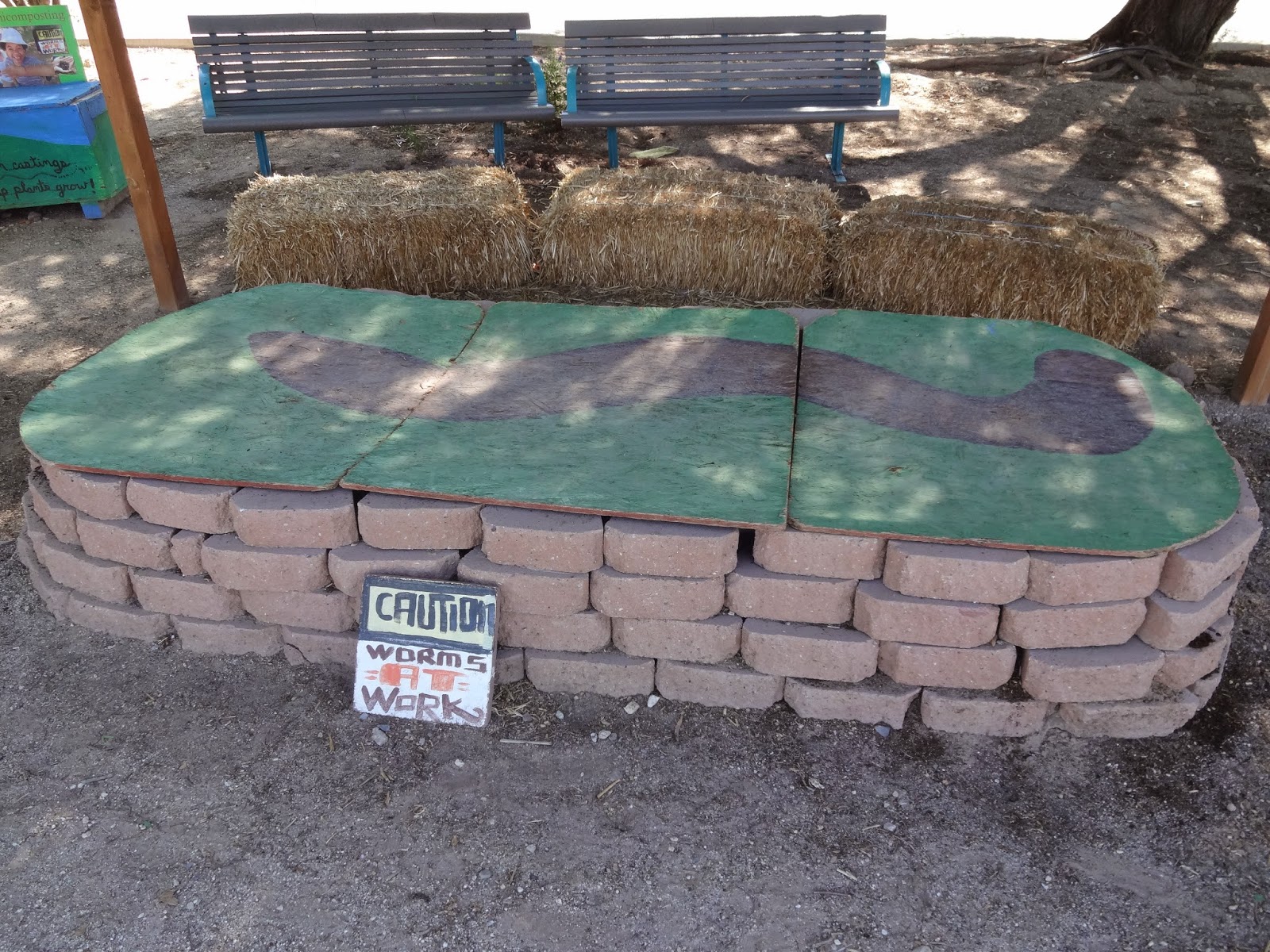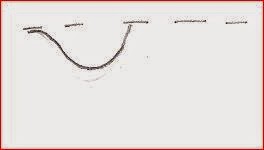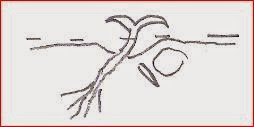 |
| The Pima County Master Gardeners are hosting free tours on select mornings. |
So - I read that the
Pima County Master Gardeners were hosting a tour of the U of A Extension
Gardens on Campbell Avenue this fall. Though I knew that the times included
every Saturday at 9:00 am I did not check to make sure that they were hosting the
event when I visited on August 30th.
So – my daughter and
I had a little self-guided tour of the garden.
 |
| Browsing the All-American Selections (AAS) Winners |
 |
| Mascotte Bean - An AAS Bush Bean (with no beans on it) |
 |
| An AAS Winning Flower |
 |
| A Cayennetta F1 Pepper, as the sign states. |
My daughter enjoyed walking
around, but like me – she was not very impressed that no one was there. Hopefully,
in the future, I will read things more carefully before I jump in the car to go
across town.
 |
| Egg Plants grow very well in warm Arizona. |
 |
| A few long Eggplants. |
 |
| Some form of Sorghum |
 |
| Sweet Potato Vines |
 |
| The tomato varieties. |
 |
| I cannot leave my tomatoes un-kept like this. |
For those of you who
would like to see the gardens, they are in Tucson on Campbell Avenue on the
east side between River and Ft. Lowell. When I traveled there, I parked in the
community parking lot just north of the gardens. For a schedule of the dates when the garden is doing tours, see below.
 |
| My daughter posing as a carrot. (= |
 |
| A healthy Artichoke plant that will surely produce plenty of spring chokes. |
 |
| Some feathery Asparagus stalks |
 |
| Immature Grapes |
 |
| A Little Bunch of Grapes |
 |
| A Row of Bush Beans |
 |
| My daughter at Tucson Village Farm |
 |
| A large Armenian Cucumber - possibly still edible |
 |
| Armenian Cucumber - Perhaps being grown for seed? |
 |
| This one is definitely for next year! |
 |
| Another Large Armenian - At this point the flesh is more like carrots. |
 |
| Mexican Sunflowers |
 |
| Bees on small flowers |
 |
| Bees Pollinating Mint |
 |
| Bees Pollinating Onions |
September
– 9:00am every Wednesday and Saturday.
October
- 9:00am every Wednesday and Saturday.
November
- 9:00am every Wednesday and Saturday, except
the Week of Thanksgiving.
December
- 9:00am every Wednesday and Saturday, except
the Week of Christmas.
 |
| A pair of Zebra-Tailed Lizards. They move their tails like worms! (= |
 |
| My daughter tried catching a smaller one of these. She didn't have a chance! |


























































